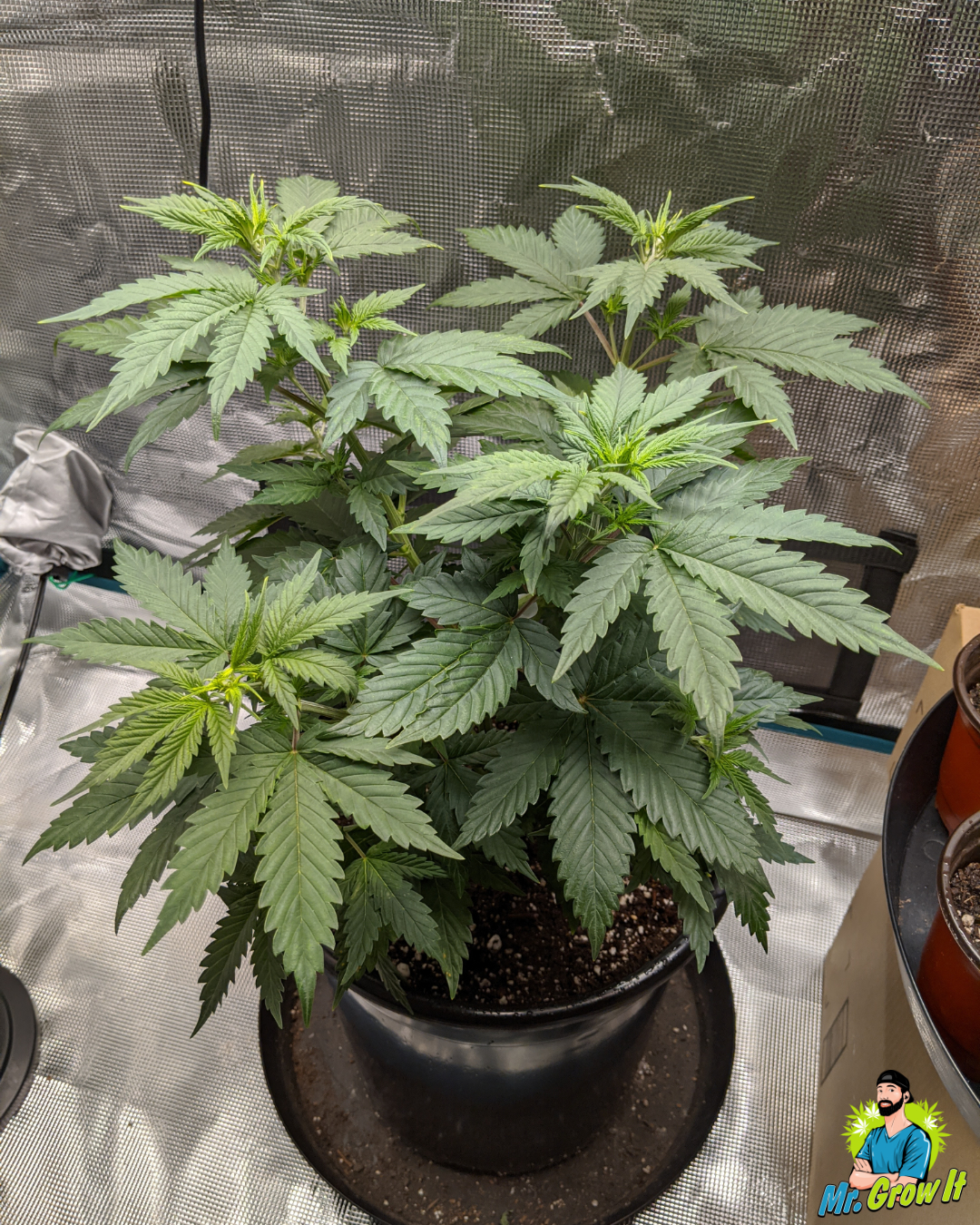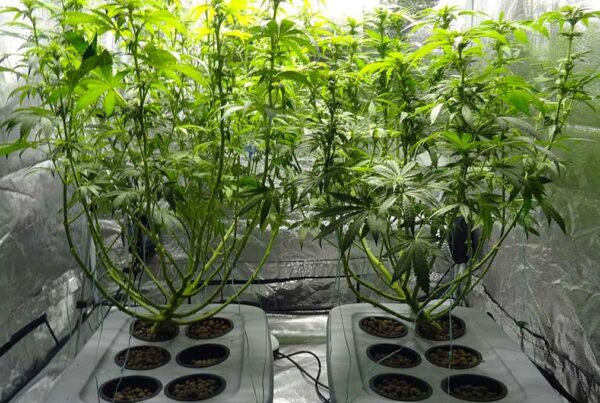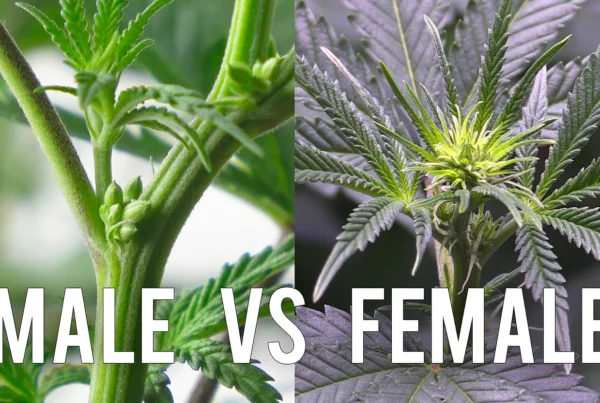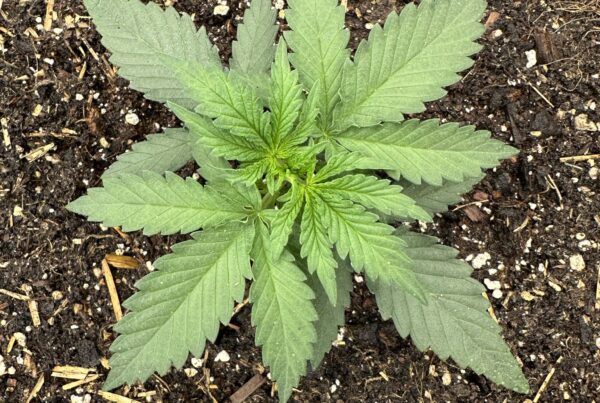There’s a few tools you need in your toolbox to get the optimal yields. One of those tools is the knowledge of vapor pressure deficit or VPD, which is very powerful when it comes to adjusting the environment to boost production and helping the plant thrive.
Novice cannabis growers can become intimidated by the concept as it requires getting into the nitty-gritty, but you will discover that it is easy to keep VPD in check and the final rewards are great. This guide will not only provide you information on VPD but will also equip you with ways to achieve optimal VPD and increase the final yield.
Before we get into all of that, here are the best VPD levels for your cannabis:
- Vegetative Stage: Aim for a VPD between 0.8 and 1.2 kPa.
- Flowering Stage: Keep the VPD between 1.2 and 1.6 kPa.
- Late Flowering and Ripening: Decrease VPD slightly to 1.0 to 1.3 kPa.
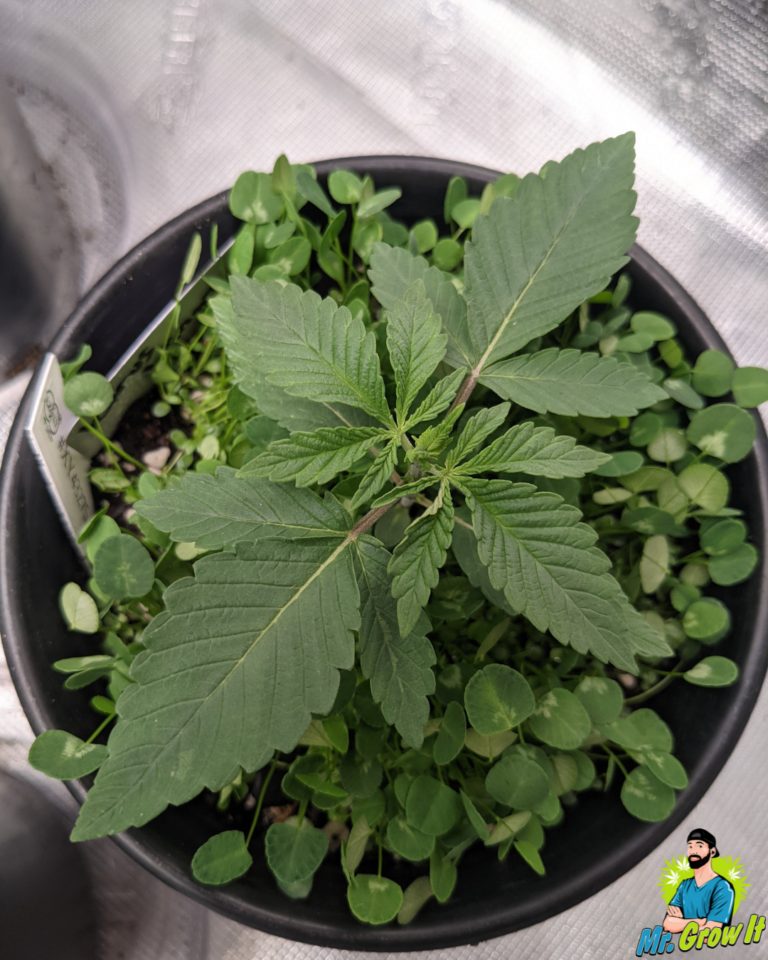
What is Vapor Pressure Deficit?
Vapor Pressure Deficit (VPD) is the difference between the amount of moisture in the air and the maximum amount of moisture the air can hold at a given temperature. It’s a key factor in indoor gardening, influencing plant health, growth, and final yields.
Breaking Down Air Composition
Before we dive into the concept of VPD, let’s take a step back to the basic principles of air composition that we learned in school. Air is a mixture of various gases: primarily nitrogen, oxygen, and smaller quantities of others like argon, carbon dioxide, and water vapor. Each component of this mixture plays a unique role in the complex world of plant physiology, but for the purpose of our discussion on VPD, the relationship between air and water vapor takes center stage.
Saturation Vapor Pressure (SVP)
SVP, or Saturation Vapor Pressure, is the maximum amount of water vapor that air can hold at a specific temperature.
Think of it as the air’s full capacity for water vapor, much like a fully soaked sponge.
This capacity increases as temperatures rise. In your grow room, you’ll notice that warmer days lead to higher relative humidity as the air can hold more moisture. Conversely, cooler days reduce the air’s ability to hold water vapor, potentially causing issues like waterlogged plants or mold.
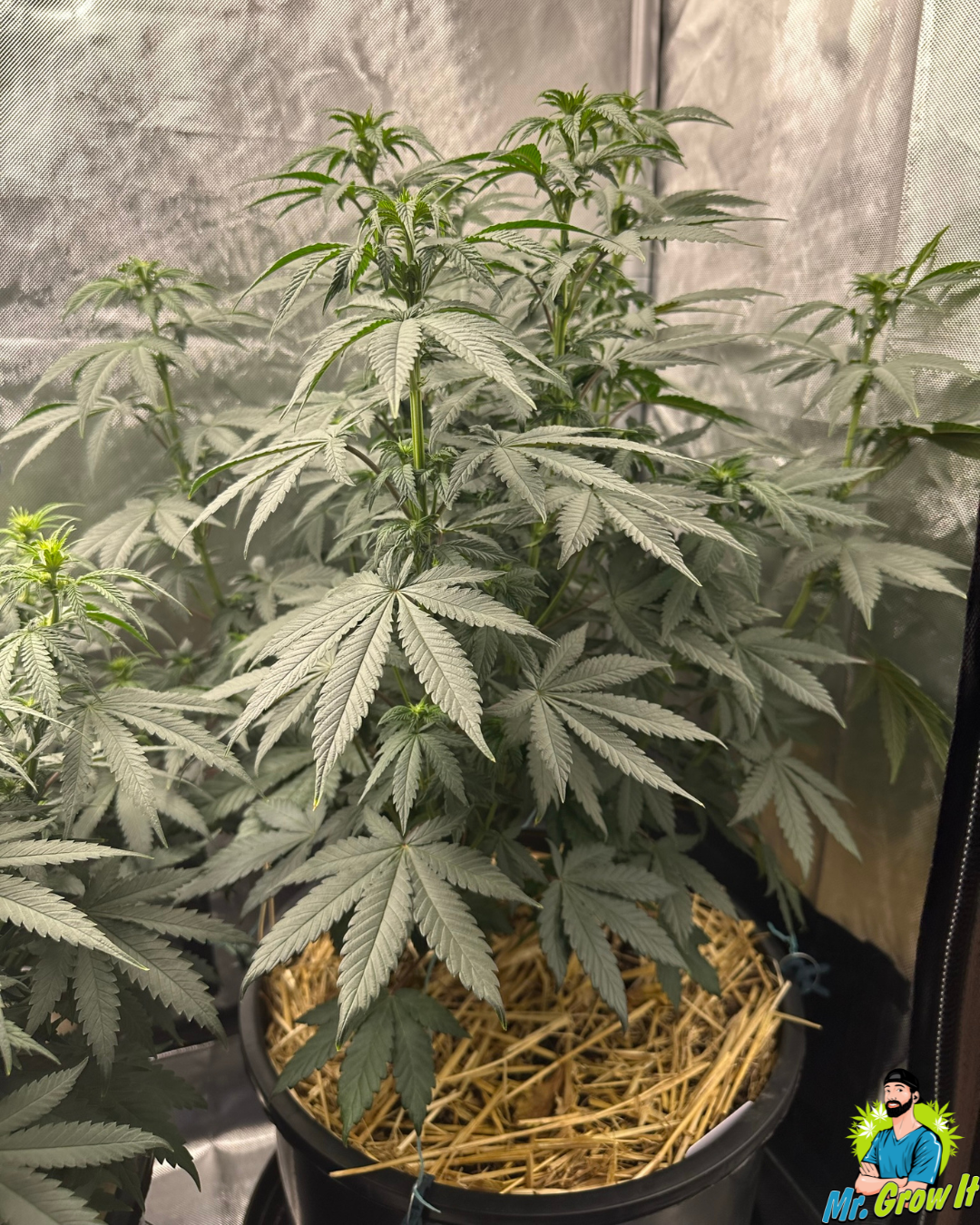
Actual Vapor Pressure (AVP)
Whereas SVP is about the air’s potential, Actual Vapor Pressure (AVP) is about reality – it’s the amount of water vapor present in the air at any given moment. Just as with SVP, AVP fluctuates depending on conditions, primarily temperature and humidity.
Using our sponge analogy, if the sponge is only half-soaked, it’s holding less water than it potentially could. This is similar to when the air in your grow room contains less water vapor than its maximum capacity at that temperature.
I constantly monitor both temperature and humidity in my grow room, as these give me the necessary data to calculate my AVP. Remember, the balance of these factors is crucial. Too high humidity might result in condensation and associated plant health problems. On the other hand, too low humidity may cause plants to dehydrate and stunt their growth.
Having covered the concepts of SVP and AVP, we’re now ready to delve into the crux of our discussion: Vapor Pressure Deficit.
Finally, Vapor Pressure Deficit (VPD)
Now that we’ve gained an understanding of Saturation Vapor Pressure (SVP) and Actual Vapor Pressure (AVP), we can put these pieces together to define Vapor Pressure Deficit (VPD). I know that I mentioned this above but feel that it’s good to read again after understanding SVP and AVP.
VPD is essentially the difference, or the deficit, between the amount of moisture in the air (AVP) and the maximum amount of moisture that air can hold (SVP). Think of it as the room left in the air for additional moisture.
For example, if we have an air temperature that could hold up to 2 kPa of water vapor (SVP), but it’s currently holding only 1.2 kPa (AVP), the VPD would be 0.8 kPa.
The Importance of VPD in Plant Growth
Why is this deficit so important? VPD provides an indication of the potential for plant transpiration – the process by which water is carried through the plant from roots to small pores on the underside of leaves, where it changes to vapor and is released to the atmosphere.
An optimized VPD can encourage optimal transpiration rates, leading to better nutrient uptake, temperature regulation, and overall growth. Conversely, a VPD that’s too high or too low can stress plants and negatively impact their growth and yield.
VPD isn’t a static “set it and forget it” parameter, though. I constantly monitor and adjust VPD based on the growth stage of my plants, my grow room conditions, and the specific plant varieties I’m cultivating.
Understanding and managing VPD is one of the many critical components of successfully managing a grow room environment.
The Role of VPD in Cannabis Cultivation
Now that we’ve defined VPD, let’s explore how it can significantly influence cannabis cultivation.
VPD and Transpiration
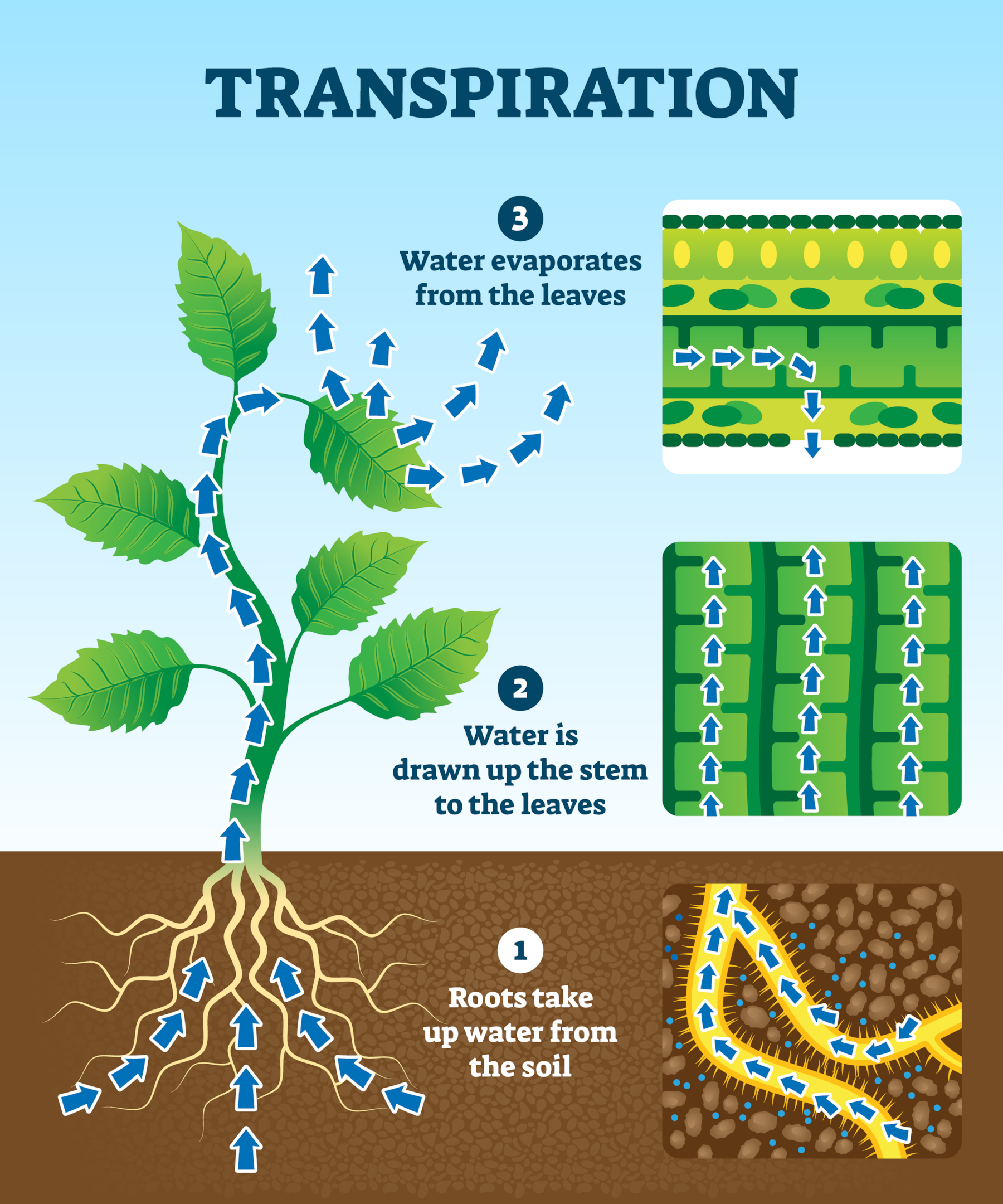
Transpiration, or the process by which plants release moisture to regulate their temperatures, is directly affected by VPD. Stomata, small pores in the plant’s leaves, play a critical role in this process. They control not only the rate of transpiration but also contribute to the essential functions of carbon dioxide exchange and photosynthesis. VPD impacts how frequently and how much stomata open, thus affecting the rate of transpiration.
When VPD is maintained within the ideal range, it promotes optimal cannabis plant growth, leading to a healthier and more bountiful yield. However, imbalances in VPD can cause issues.
The Consequences of Low and High VPD
A low VPD, resulting in reduced transpiration rate, can create excessively moist conditions conducive to problems like root rot and mold. Conversely, a high VPD, leading to excessive transpiration, can cause plant dehydration and leaf burn.
Optimal VPD for Cannabis Plants
For the healthy growth of cannabis plants, maintaining an optimal Vapor Pressure Deficit (VPD) is critical. Generally, the desired VPD range is between 0.8 kPa to 1.1 kPa. However, it’s important to note that this can vary depending on the plant’s life stage and your specific cultivation setup.
VPD in the Vegetative Stage
In the vegetative stage, a VPD of around 1.0 kPa is considered ideal. At this stage, plants are actively growing and need to uptake maximum nutrients. Maintaining the right VPD ensures they can do this efficiently.
- Optimal VPD for the Vegetative Stage: 0.8 kPa – 1.2 KPa
VPD in the Flowering Stage
Once your plants reach the flowering stage, a slightly higher VPD can be beneficial, typically between 1.2 kPa to 1.5 kPa. The goal here is to prevent the development of pathogens, bud rot, and mold, which can devastate your crop.
- Optimal VPD for the Flowering Stage: 1.2 kPa – 1.6 KPa
- Optimal VPD for Late Flowering & Ripening: 1.0-1.3 kPa
The Big Things that Impact VPD
To maintain VPD in the desired range, it’s essential to understand the main factors that influence it. These include:
- Temperature
- Humidity
- Light Intensity
In general, increasing temperature and light intensity while decreasing humidity will increase VPD.
Conversely, reducing temperature and light intensity while increasing humidity will decrease VPD.
Practical Measures for Controlling VPD
You can manipulate VPD by controlling temperature and humidity in your grow room. Here are a few practical steps to achieve this:
- Temperature Control: Lights can significantly affect the room temperature. Using air extractor fans can help reduce the heat in the room, while climate control units can maintain optimal conditions for your plants.
- Humidity Control: Employing air humidifiers and dehumidifiers allows you to adjust the humidity levels in your grow room as required.
- Lighting Adjustments: Changing the lighting setup in the grow room can impact light intensity and thus the temperature around your cannabis plants. Heat sinks can also be useful in managing temperature.
- Ventilation: Improving ventilation and airflow in the room can also be effective in managing VPD.
You can tweak numerous things to create an ideal environment for your cannabis plant and therefore, the know-how of VPD is critical.
Reading a VPD Chart
To make sure that the conditions in your grow room allow your plant to thrive, you need to use resources to keep VPD in the recommended range. Charts similar to these can help you determine the VPD ranges. The green zone in the chart shows the data points where your plant will thrive, and orange cells show the points where your plant will not have any hindrance in growth. Growers should ensure that VPD is not in the red zone.
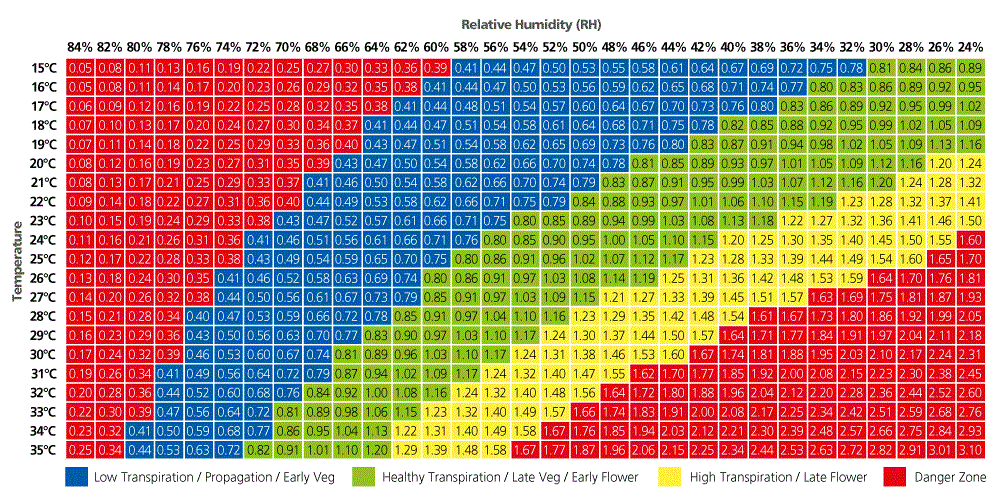
Chart from Alchimia
As you can see in this chart, you will need temperature (Y-axis) and relative humidity (RH) levels (X-axis) readings to check VPD levels. This chart will help you manage VPD in your grow room and help ensure that you get the yield that you expect.
Although you can find many tools to get real-time measurements of temperature and RH level on your smartphone, the cheapest way to track VPD is to purchase an RH level monitor and an infrared thermometer.
If you are starting out, this approach will be very helpful. Place the thermometer at different parts of your canopy to get an average and accurate reading. Next, get the reading from your RH monitor and use a VPD chart to determine if VPD is in the right range.
If it is not in the correct range, you may consider making changes in the plants’ environment. Usually, this involves getting the temperature right which can be achieved in different ways.
Conclusion
You are now fully equipped to use your knowledge of VPD on your journey as a cannabis grower. Remember that VPD impacts your plant growth and overall final yield and getting into the finer details will bring great rewards in terms of production.
Sources:
- https://pulsegrow.com/blogs/learn/vpd
- https://www.alchimiaweb.com/blogen/vapor-pressure-deficit-cannabis-cultivation/
- https://www.canr.msu.edu/uploads/resources/pdfs/vpd-vs-rh.pdf
- https://www.royalqueenseeds.com/blog-vpd-how-can-vapour-pressure-deficit-boost-cannabis-yields-n893
![]()

